|
|
Personal Projects
|
|
|
When playing a new game on your console or mobile device, do you ever take a moment to think of how much is explained to you? We might complain about lengthy tutorials or long dialog boxes, but we may not recognize there are smaller details that aid us in our comprehension of the game world itself. In this post I’d like to spend some time exploring this, and a concept referred to as “Visual Affordance.” What’s Visual Affordance? Well wikipedia would suggest the following : “An affordance is a relation between an object or an environment and an organism that, through a collection of stimuli, affords the opportunity for that organism to perform an action. For example, a knob affords twisting, and perhaps pushing, while a cord affords pulling. As a relation, an affordance exhibits the possibility of some action, and is not a property of either an organism or its environment alone.”
The Witness is literally all about Visual Affordance… it might as well be it’s tag line. The way the game is structured helps guide users on the initial onset of the game to explore the island and interact with it’s puzzles. There are clues meant to provide hints to the player as to how to proceed, some more cryptic than others. I really have to applaud some of the uses of visual affordance in The Witness’ puzzle design. When engaging with these puzzles that feature different colored swatches, the player can understand pretty quickly that they have to isolate the different colors from one another. Other puzzles feature this tetris styled pieces. We can quickly recognize these shapes, and after some trial and error, can also understand how it fits within the puzzle.
The Witness certainly isn’t without it’s faults. I’ve found that several of its puzzles are not user friendly, don’t provide enough information to the players, and are cryptic for the sake of being cryptic. That being said, I completely recognize that I haven’t finished the game and perhaps the way I’ve explored the world has removed me from experiencing elements in the proper order…. but that in of itself could be seen as a fault to the design of the game. The example that I’ll use here are these colored star puzzles that I’ve found in the game. Having found them after the color swatch puzzles, I would assume that it may act in a similar way. i.e. I have to isolate the different colored stars from one another. Yet that isn’t the case at all,and my previous learning experiences in the game didn’t help to further my understanding of this puzzle. Evaluating how games make use of Visual Affordance, is also in some ways evaluating our own understanding and how we take in/interact with specific stimuli. In any case both Firewatch and The Witness make some very interesting uses of Visual Affordance, in very different ways. I look forward to continuing to discover ways that the Witness is hiding things for it’s players… and me.
0 Comments
Leave a Reply. |
AuthorI make games, I play games... and sometimes I have some thoughts about that. Archives
March 2024
|
Proudly powered by Weebly
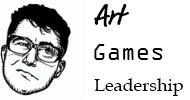

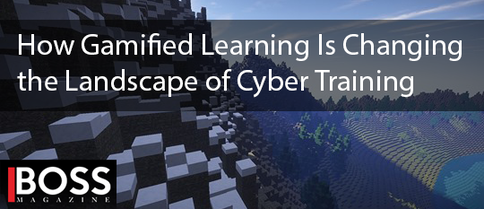









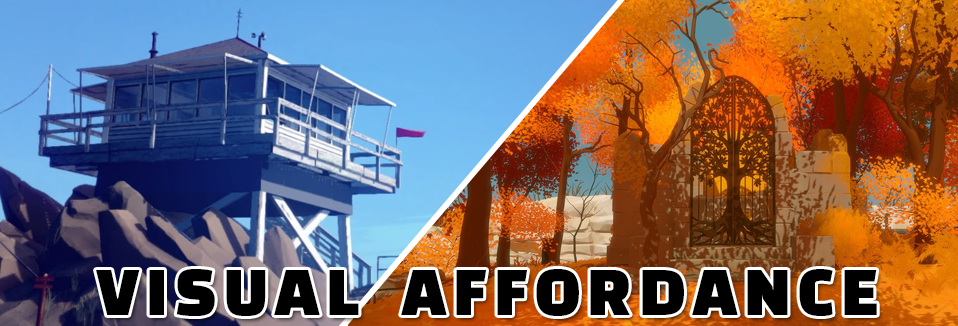
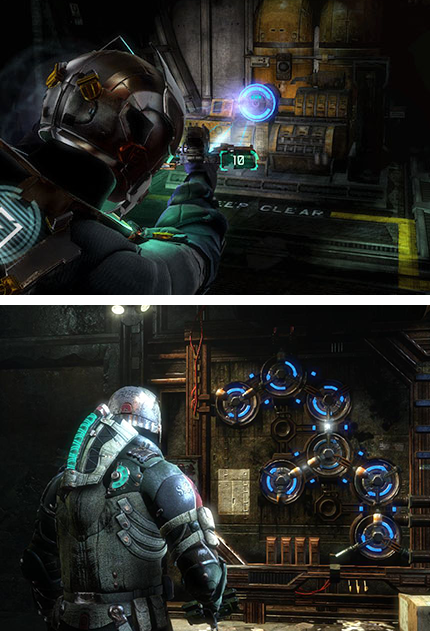
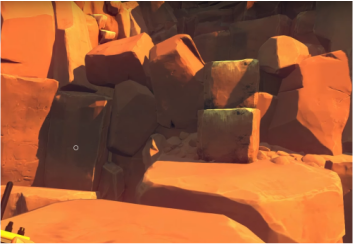
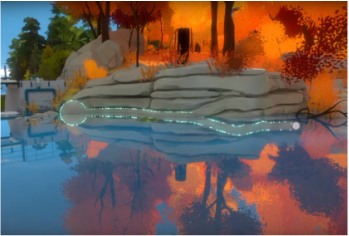
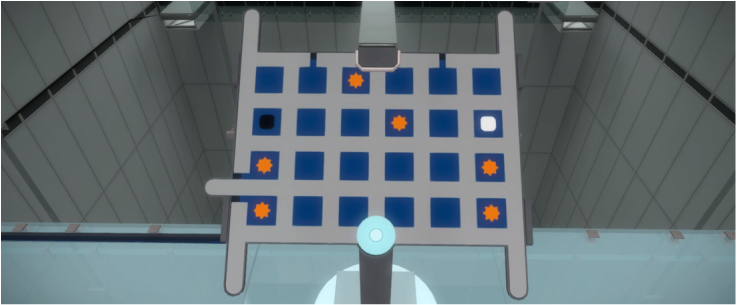

 RSS Feed
RSS Feed